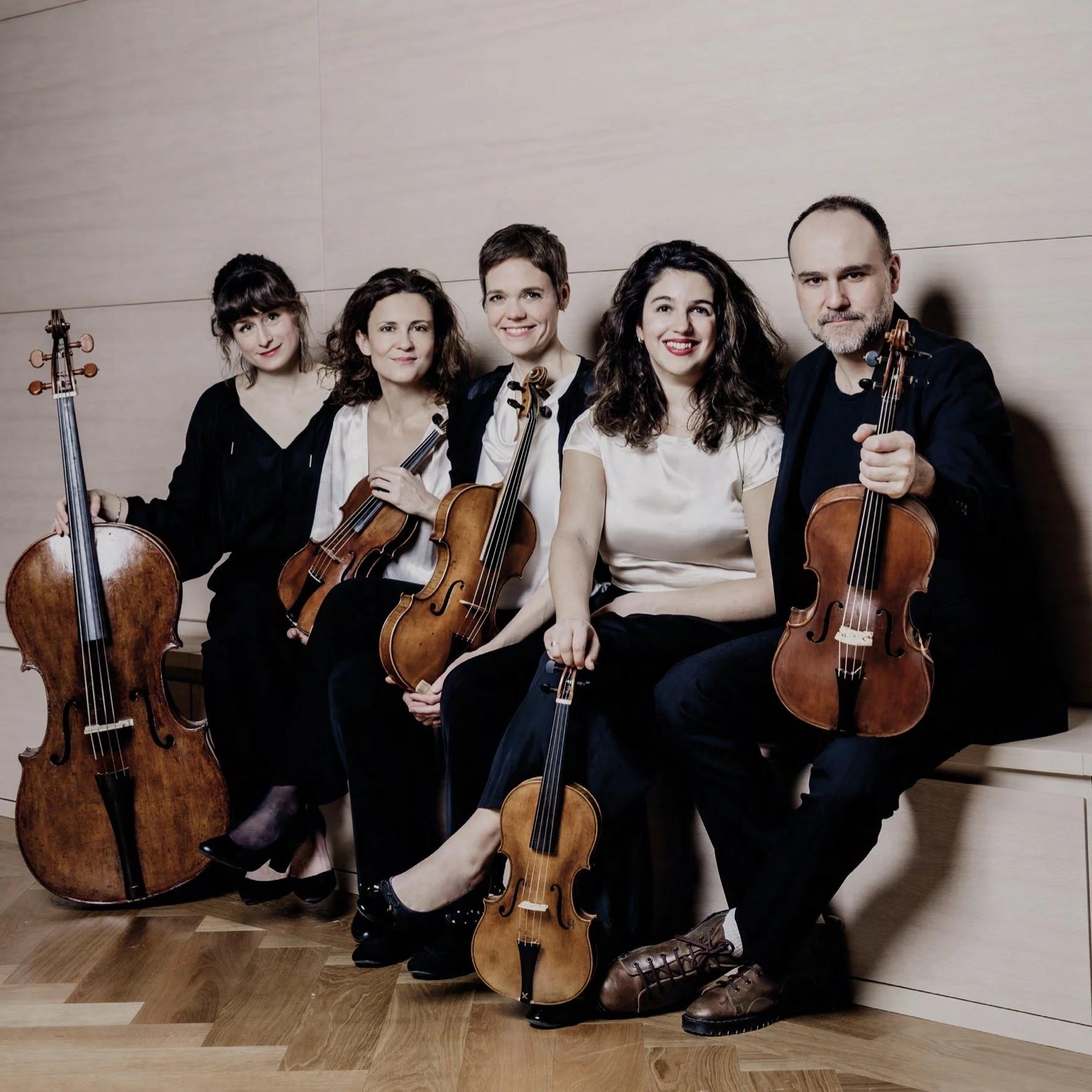Beethoven & Liszt • Zhang
Albums like this one often serve as calling cards for younger pianists: they establish technical command through repertoire that everyone knows, while the best also reveal a distinctive interpretive voice. Haochen Zhang’s new release does both. He approaches these formidable warhorses with conviction, offering moments of real individuality.
That said, the recorded sound leaves me wanting. BIS has produced many fine piano recordings, but here the Steinway is captured at more of a concert-hall distance than I prefer. (This was less an issue when auditioning with loudspeakers, less enjoyable with headphones.) The upper range feels rolled off, the bass muddy, which are not the fault of the engineers, but the quality of this instrument. A few stray noises can also be heard using my headphone setup. Still, if you’re drawn to the Hammerklavier or Liszt’s Sonata—or simply curious to hear Zhang beyond his Chopin—you’ll find rewards here with his interpretations.
⸻
Beethoven
The only Beethoven I knew well when I entered college was the Ninth Symphony. Beyond Für Elise and the opening of the Moonlight, I had decided—wrongly—that Beethoven wasn’t worth my time once I immersed myself in earlier music. As a student I had to confront that bias, discovering works like the late quartets and sonatas, whose strangeness and ambition stretch far beyond the tidy classicism of his earlier years.
Zhang takes on the most monumental of them, the Hammerklavier Sonata, Op. 106. At 44 minutes, it is Beethoven’s longest and among his most technically punishing. The work demands not just virtuosity but long-term vision.
My touchstones have included Richard Goode’s Nonesuch set, Alfred Brendel, more recently Igor Levit and Paul Lewis, and Ronald Brautigam’s performance on a Graf copy. But the focus here is on Zhang, the 2009 Van Cliburn winner and Curtis-trained pianist.
The sonata’s opening, celebratory and brilliant, is cleanly articulated by Zhang. His tight, controlled approach showcases his technique, though the piano sound’s limitations—muted treble and murky bass—become noticeable later. The development reveals Beethoven’s restless inventiveness; Zhang loosens slightly here, but he restores precision in the return of the theme.
The Scherzo, surprisingly brief in Beethoven’s design, benefits from Zhang’s crisp accents and sense of momentum, the Steinway ringing appropriately in the big keyboard sweep. He captures the tongue-in-cheek humor in the ending well.
The Adagio sostenuto, at the heart of the sonata, probes harmonic regions far beyond convention. Zhang sustains much of its tension, though at times the music sags. Brautigam’s quicker tempo on period piano, dictated in part by shorter sustain, makes the movement flow more naturally. Zhang’s interpretation, while expressive, occasionally lingers too long.
The finale, Beethoven’s fugue reimagined as titanic drama, shows Zhang’s stamina and clarity. The exaggerated pause before the final chords feels apt—this is a sonata that needs no subtle bow-out.
⸻
Liszt
Liszt’s music, his style, was really not my thing. But having to study his Sonata in B minor changed my view, and Vladimir Feltsman’s recording in college became my guide. It remains one of Liszt’s most compelling creations, daunting but exhilarating.
Zhang’s interpretation makes a strong impression from the start. He resists overuse of the pedal, producing an unusually dry articulation that lays his technique bare—flawlessly. Some of his extended pauses don’t quite fit the hall’s resonance, but his bursts of fury land with force.
He also exploits speed to striking effect. His rapid execution in the first section feels risky yet convincing, highlighting the work’s difficulty and drama. In the quieter passages, his control of dynamics and clipped articulation again pay dividends. If the lower register sometimes turns muddy, the middle octaves have remarkable clarity.
By track 6, two-thirds in, Zhang’s hushed, dry textures keep me riveted; silence itself becomes a weapon. The fugue of the third part races ahead at a daring tempo. While the entrances lose some dramatic weight, the sheer drive of the runs is electrifying.
At 7:20 in track 7, he holds a hushed chord in suspension—an unforgettable moment. From there the music seems to open toward light, the storm spent. The ending, shaped from the softest dynamics, is radiant.
Conclusion
This release showcases Haochen Zhang as an artist with serious technical command and a willingness to take risks. In the Hammerklavier, he gives us a disciplined, celebratory opening and moments of genuine insight, even if the long Adagio sometimes drifts. His Liszt is often electrifying—lean, dry articulation, flashes of fury, and a daring sense of momentum that can surprise even seasoned listeners.
All told, it’s a rewarding listen, particularly for those who want to hear Zhang step outside Chopin and establish his voice in the grandest of repertoire. I give him props for individualized interpretations—especially so with the Liszt—but I can’t say these stand up to recordings made before this one. What comes across most convincingly is his technical command and control, but interpretation wise, there are more convincing solutions. You may find the novelty here refreshing.






